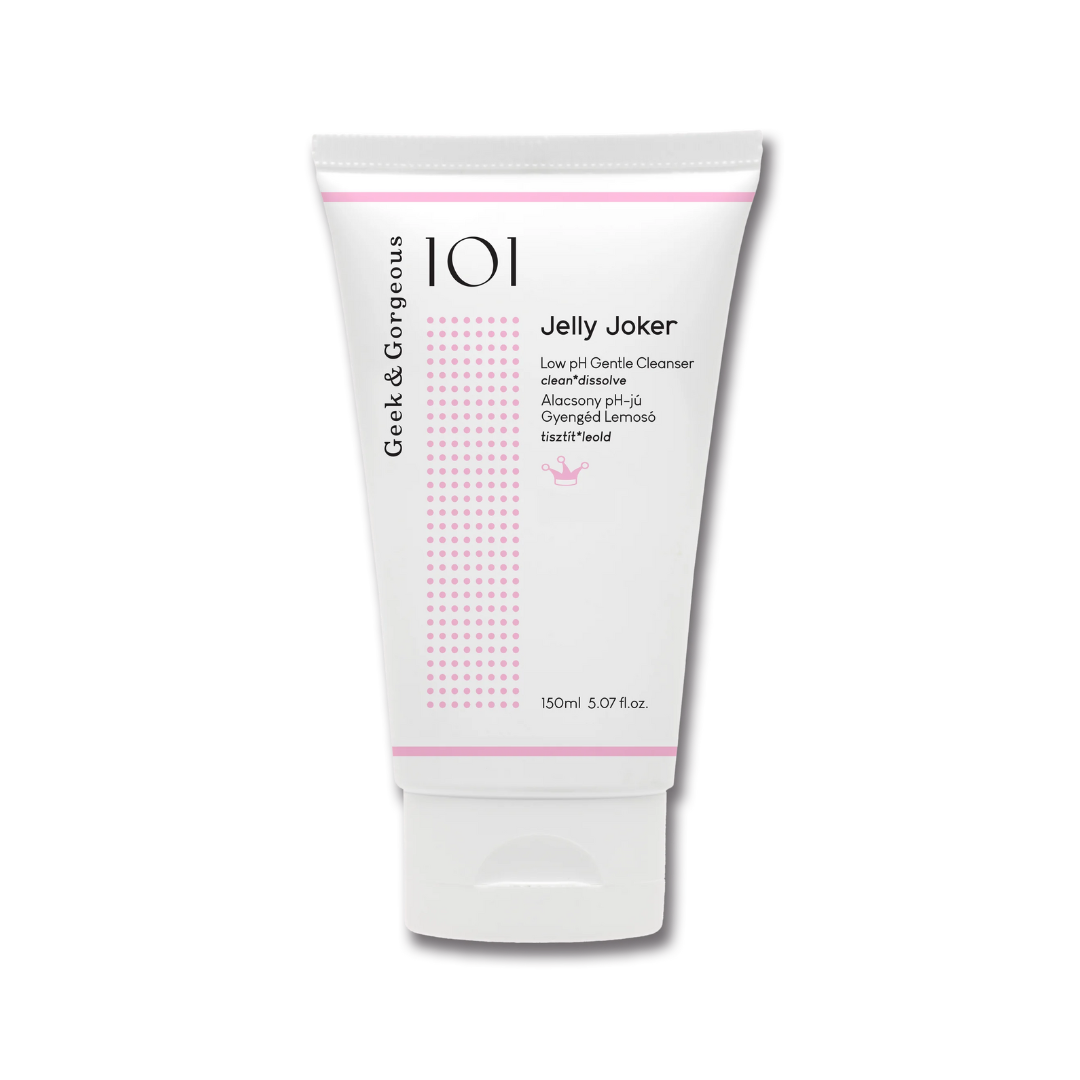Sunscreens come in a large variety. And as long as you are wearing one every day, we’re pleased. This section, however, is devoted to anyone that wants to know more about the importance of wearing sunscreen and differences between the two main types: mineral and chemical sunscreens.
Importance of wearing sunscreen
Whilst most people will (occasionally) wear sunscreen during summer, we plead everyone to wear sunscreen during winter, cloudy days and dare we say it: indoors. Sunscreen ensures protection against harmful UVA and UVB rays.
UVB rays are the rays we protect ourselves from when we don't want to get burned (to make it easy: remember B stands for burn/brown). UVA, on the other hand, ages our skin when we don't wear sunscreen (remember A for aging). And don't think the sunrays can't reach you when you are inside on a cloudy day. Clouds only block 20% of UVA and these rays even pass through glass.
This is why we will endlessly repeat ourselves: please wear and (re-)apply your sunscreen daily to prevent the risk of skin cancer and premature skin aging. They are the final, and most essential, step in your routine and come after cleansers and moisturizers.
Types of sunscreens
Sunscreens are either chemical or mineral. Mineral (also known as physical) sunscreens usually consist of either two primary ingredients: zinc oxide or titanium dioxide. If you can, opt for zinc oxide, because it protects from UVA ánd UVB rays. Titanium dioxide doesn’t always fully cover UVA rays as a solo ingredient. Mineral sunscreens with zinc oxide or titanium dioxide tend to be the best for sensitive skin.
That's why, if you are someone who gets break-outs from sunscreens, you may want to try a mineral sunscreen. Sadly, there is a huge con to mineral sunscreens that we need to address: the white cast. Mineral sunscreens are known to leave a white film on your face after applying it, which is very visible when used by medium, dark and deep skin tones. This is because mineral sunscreens create a mirror on the surface of your skin to reflect as much sunlight off of it so your skin won’t be sun damaged. This is how they block the sun’s rays. Unfortunately this, added with the fact that zinc oxide and titanium dioxide are white powders, is why the white cast is very prominent.
We know this is a reason why many people of colour don't opt for a mineral sunscreen. At JOIN we want to cater to all skin tones. Therefore we will only sell sunscreens that don't leave a white cast ánd align with our philosophy.
Chemical sunscreens
The alternative to a mineral sunscreen is a hybrid or chemical sunscreen. Most chemical sunscreens have ingredients such as: oxybenzone, octocrylene, avobenzone, octinoxate and homosalate. These filters absorb sunrays and convert them into heat. Best part about them? Usually, when applied to the skin they are completely clear. Meaning: no white cast, yay!
On the critical side, there has been ongoing concern that chemical sunscreens may bleach the coral reefs in the ocean. This is something that is currently being researched by scientists. However, opinions on the matter are widely different. We believe it’s better to be safe than sorry, that's why we have decided to not include the controversial filters octinoxate and oxybenzone.
SPF and PA
A sunscreen should indicate its Sun Protective Factor (SPF). SPF is a measure of how well your sunscreen is going to protect you from UVB sun rays. A higher percentage stands for the amount of time you can stand in the sun without burning. For instance: SPF 15 would take you fifteen times longer to burn than when you didn’t have any protection.
UVA protection is indicated by either an EU standard mark (UVA in a circle) or the Boots star system – 4 or 5 stars indicates very good protection. In Asia they use PA-ratings instead. For instance, on Korean sunscreens, PA+ means “some UVA protection” and PA++++ means “very high UVA protection”. Make sure you are getting both UVA and UVB protection from your sunscreen.




